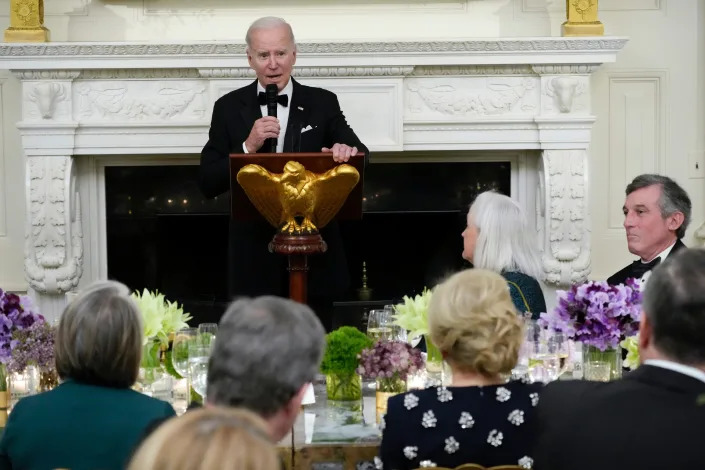Fraudster Gold Mine: COVID Unemployment Relief Programs Defrauded by Over $60 Billion; The End of COVID ’emergencies’ Should Be Death Knell of Biden’s Loan Forgiveness Plan, and other C-Virus related stories
Fraudster gold mine: COVID unemployment relief programs defrauded by over $60 billion: GAO
Labor Department lacking sufficient anti-fraud strategy to combat fraudsters, new report finds
Unemployment insurance programs created by Congress and administered by the Labor Department to support workers during the COVID pandemic became a gold mine for fraudsters to the tune of tens of billions of dollars, according to a new report.
The Government Accountability Office (GAO) estimated that total fraud in four federally-run COVID relief programs was over $60 billion “and perhaps much higher” during the pandemic, adding that the Labor Department has yet to implement an appropriate anti-fraud strategy to combat the problem.
From April 2020 through September 2022, expenditures across the unemployment insurance system totaled about $878 billion, according to Labor Department data. This included four new federal programs created by Congress to help workers amid the pandemic.
Three of these programs — Pandemic Unemployment Assistance, Federal Pandemic Unemployment Compensation and Pandemic Emergency Unemployment Compensation — were enacted through passage of the CARES Act in 2020. The fourth program, Mixed Earner Unemployment Compensation, was enacted by legislation in 2021.
Most of these funds went to the correct place with the correct amount, according to the GAO. However, unprecedented demand for unemployment benefits and greater administrative flexibility in trying to meet that demand made the situation ripe for fraud. Billions of dollars were paid improperly, including benefits going to people who sought to defraud unemployment relief programs.
The GAO estimated that over $60 billion in fraudulent unemployment insurance payments went to applicants. That may be a low estimate, though, as the report noted the GAO’s method of calculation “has inherent limitations and should be interpreted with caution.” Plus, because fraud is deceptive in its nature, estimating its full extent can be challenging. —>READ MORE HERE
The end of COVID ’emergencies’ should be death knell of Biden’s loan forgiveness plan:
There’s been lots of chatter over what President Joe Biden said in his State of the Union address.
What he didn’t say deserves more attention.
Biden barely mentioned COVID-19, other than to say that it “no longer controls our lives” and that soon the administration will “end the public health emergency.”
He also didn’t mention his student loan forgiveness plan that dominated headlines last year and has left millions of borrowers in limbo. The U.S. Supreme Court on Feb. 28 takes up two of the lawsuits that have prevented the executive action from moving forward.
Biden’s State of the Union: In SOTU, Biden didn’t deliver the message America needed to hear on unity or economy
These two issues are closely tied and worthy of additional commentary, regardless of the president’s seemingly flippant attitude.
Stop pretending we’re still in an emergency
Last month, the Biden administration finally set a date – May 11 – to end the dual COVID emergencies that have existed since early 2020. The national COVID emergency and the accompanying public health emergency have granted the federal government additional authority and spending powers to combat the pandemic.
At least that’s how it started.
Biden himself acknowledged back in September that the pandemic was “over.” People are back at work and life is pretty much normal again. There’s no need for these emergencies. —>READ MORE HERE
Follow links below to relevant/related stories and resources:
Tony Danza jokes the pandemic had a ‘devastating effect’ on his hair
USA TODAY: Coronavirus Updates
YAHOO NEWS: Coronavirus Live Updates
NEW YORK POST: Coronavirus The Latest







Comments are closed.